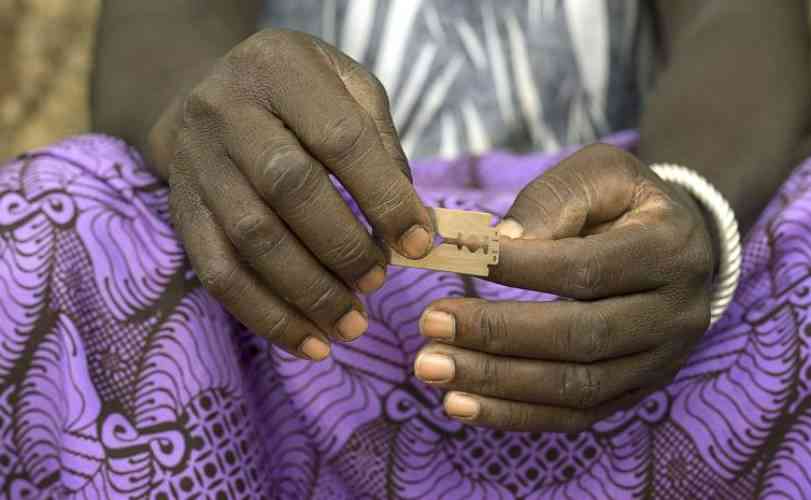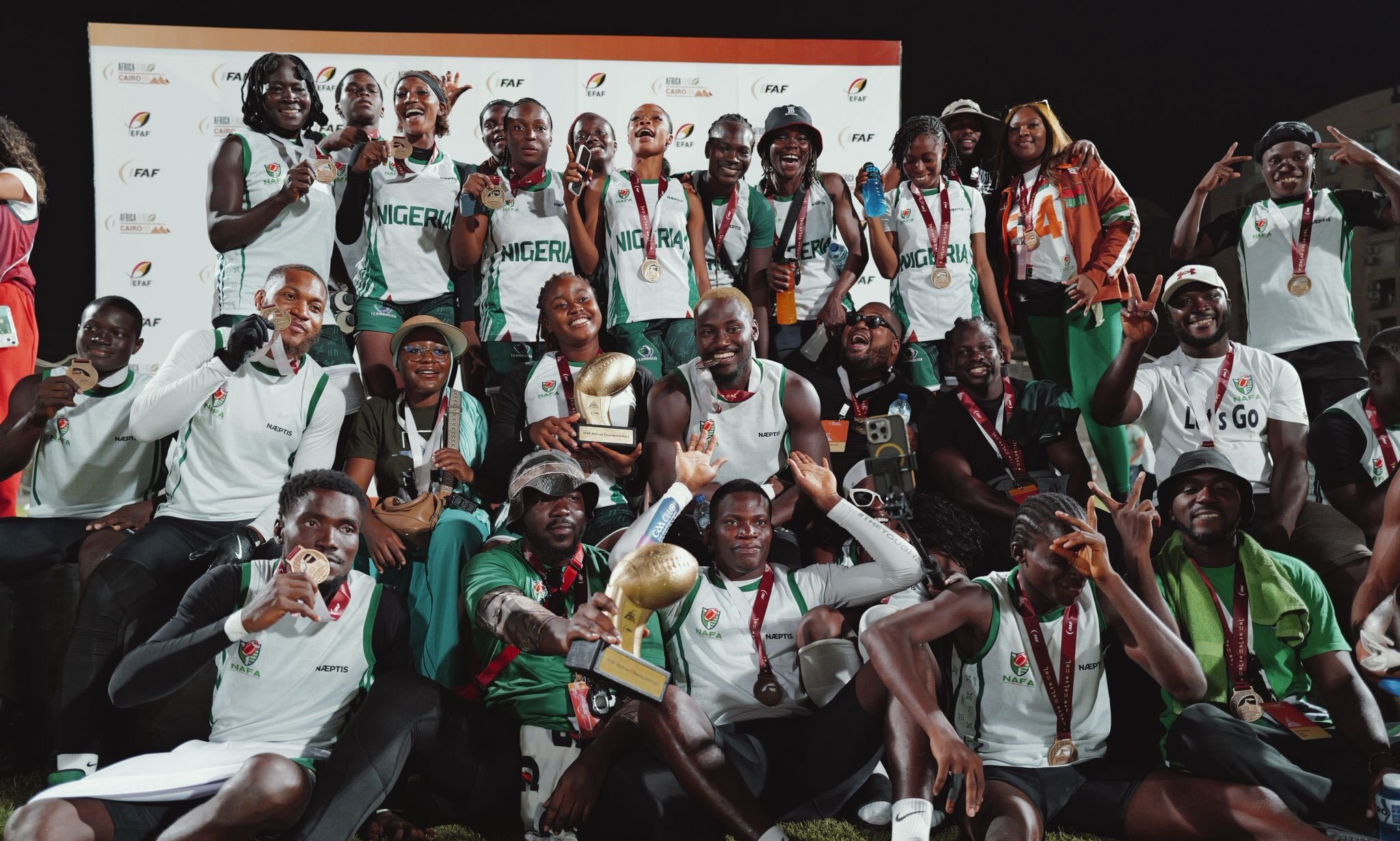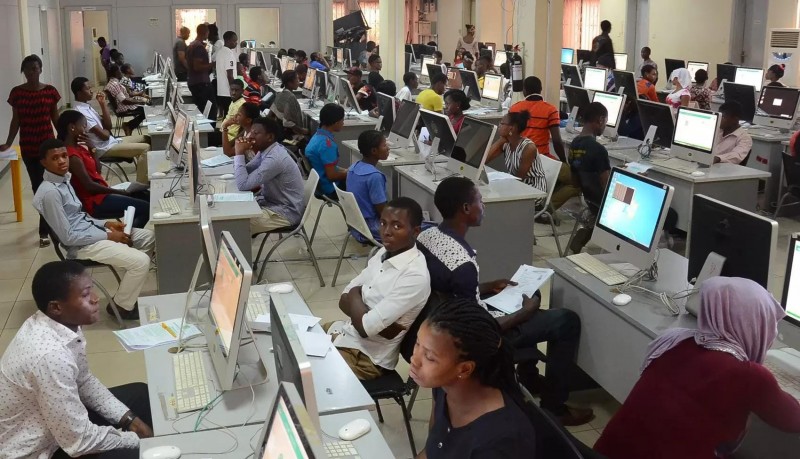FGM prevalence drops but girls still in danger, warn survivors

[File, Standard]
Kenya has seen a decline in female genital mutilation (FGM) rates, but child pregnancies continue to rise, according to the Anti-Female Genital Mutilation Board.
Chairperson Ipato Surum said that while FGM prevalence among women aged 15 to 49 dropped from 21 per cent in 2014 to 15 per cent in 2022, child pregnancies now stand at 24 per cent.
According to the 2022 Kenya Demographic and Health Survey, the national decline masks significant regional disparities. Wajir County leads with an FGM prevalence of 97.2 per cent, followed by Mandera at 95.9, Marsabit at 83, Kisii at 77.3 and Samburu at 75.6 per cent. Narok, where the event took place, stands at 51 per cent. Busia recorded the lowest prevalence at 0.1 per cent.
Surum spoke during the launch of Kakenya’s Dream 2025–2029 Strategic Plan. She said survivors are best placed to speak about the toll such experiences take on young girls.
“It is only a survivor who understands what everything is,” said Surum.
She recalled giving birth at 17, describing herself as a mother of six and a “born conqueror.”
“If you didn’t believe, now you believe,” she added.
The board’s CEO, Bernadette Loloju, also shared her experience of undergoing FGM before age 13, saying she encouraged young girls to dream and resist pressures that cut short their childhood.
“It is possible for each girl. Every girl has a dream, and every girl should be given a chance to dream,” said Loloju.
She said empowering women supports entire households, while urging men to become partners in ending the harmful practice.
“When women are empowered, their homesteads are empowered,” said Loloju. “We are not coming to take your space; we are coming to become allies.”
She credited the Prohibition of FGM Act 2011 for pushing down the national rate, which she said was 98 per cent when she was growing up.
Surum expressed concern that some men continue to promote FGM online. She also described femicide as a national crisis.
A task force on gender-based violence, appointed by President William Ruto, which includes femicide, is expected to release a report based on data from 27 countries by July 7.
Stay informed. Subscribe to our newsletter
Dr Kakenya Ntaiya, founder of Kakenya’s Dream, said the five-year strategic plan will focus on improving education, health and economic empowerment for girls, while engaging boys, parents and local communities.
Ntaiya pointed to the situation in Narok County, where only 58 per cent of girls complete primary school and just 24 per cent finish high school.
“Every young woman who leaves our programs should be equipped with the tools to build a future of dignity, purpose and financial independence,” said Ntaiya.
The plan includes expanding scholarships to over 2,000 girls and improving infrastructure in 15 public schools by 2029. It also addresses youth unemployment, currently at 60 per cent, by offering vocational training, mentorship and financial literacy education.
Kakenya’s Dream has already reached more than 35,000 young people through its Health and Leadership Program, which delivers health education to both boys and girls. Its clinic, opened last year, offers services free of charge.
The new plan aims to reach 300 schools across Narok and Kisii counties with sexual and reproductive health education. It also integrates climate resilience through tree planting, rainwater harvesting and kitchen gardening.
“Our plan is ambitious,” said Ntaiya, adding, “By 2029, we aim to reach 300 schools with our SRHR programs, scale our scholarships, expand mentorship and build stronger partnerships with the government, private sector and civil society.”











